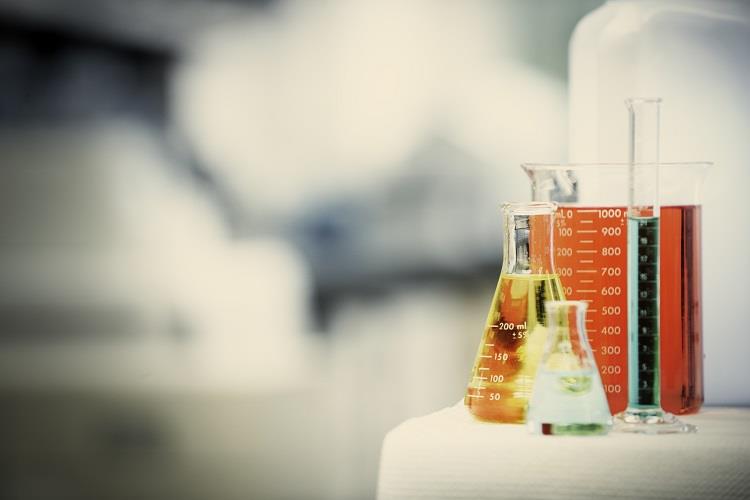Formaldehyde is an organic compound that is irritating to the eyes, nose, and skin. It is classified as carcinogenic, mutagenic, skin sensitizing, skin corrosive, and acutely toxic under the EU CLP Regulation (EC) No. 1272/2008. To reduce public exposure to formaldehyde, the World Trade Organization (WTO) issued a statement in its official communiqué on May 2, 2022...

Uses of formaldehyde
Formaldehyde is a high-volume chemical with a wide range of uses. According to the European Commission, 98% of formaldehyde produced or imported into the EU is used as a reaction intermediate in the production of formaldehyde resins, thermoplastics, and other chemicals. These materials, or their extended industrial applications (such as leather products, textiles, adhesives, plywood, paints, and polyurethane coatings), may release formaldehyde during use, posing a health hazard. Therefore, on December 20, 2017, the European Commission requested the European Chemicals Agency (ECHA) to assess the risks to human health from formaldehyde and formaldehyde-releasing substances in mixtures and finished products intended for consumer use.
EU Action to Regulate Formaldehyde
An ECHA assessment report released on March 11, 2019, revealed that formaldehyde released from consumer products in indoor environments has serious negative impacts on human health. Consequently, the ECHA report recommended a ban on the placing on the market of formaldehyde and formaldehyde-releasing substances. This recommendation was subsequently evaluated by ECHA's Committee for Risk Assessment (RAC) and Committee for Socio-Economic Analysis (SEAC), which assessed human exposure risks and societal impacts, and summarized their recommendations. Ultimately, the European Commission resolved to amend Annex 17 of EU REACH ((EC) No 1907/2006) to include formaldehyde in Annex 17 for regulation.
The WTO Official Journal (G/TBT/N/EU/888) of May 2, 2022, revealed that the European Commission notified the WTO of a draft amendment to REACH Annex 17: limiting the formaldehyde emission concentration of finished products placed on the market, and prohibiting them from being placed on the market if the concentration exceeds the limit; at the same time, this draft amendment also specifies a test method to assess formaldehyde concentration.
Please refer to the table below for detailed Annex 17 draft amendment content:
化學物質 (群組) 或混合物中之化學物質名稱
Designation of the substance, of the groups of substances or of the preparation | 限制條件 (Conditions of Restriction) |
xx. 甲醛
CAS No 50-00-0
EC No 200-001-8
and release formaldehyde
| After 36 months from the date of entry into force of this Regulation, finished products to which formaldehyde or a formaldehyde-releasing substance has been intentionally added during the production process shall not be placed on the market if, under the test conditions specified in Appendix [X], the formaldehyde concentration emitted by these finished products exceeds: (a) wood products and furniture: 0.062 mg/m3; (b) finished products other than wood products and furniture: 0.08 mg/m3.
Paragraph 1 does not apply to:
(a) articles intended for outdoor use only under reasonably foreseeable conditions;
(b) articles intended for industrial or professional use, unless the formaldehyde they release could lead to general public exposure under foreseeable conditions of use;
(c) articles falling within item 72 of this Annex;
(b) articles which are biocidal products falling within the scope of Regulation (EU) 528/2012 of the European Parliament and of the Council;
(e) equipment falling within the scope of Regulation (EU) 2017/745;
(f) personal protective equipment falling within the scope of Regulation (EU) 2016/425;
(g) articles intended to come into direct or indirect contact with foodstuffs falling within the scope of Regulation (EC) 1935/2004;
(h) second-hand articles.
After 48 months from the date of entry into force of this Regulation, a road vehicle to which formaldehyde or a formaldehyde-releasing substance has been intentionally added during manufacture shall not be placed on the market if the formaldehyde concentration in the vehicle interior exceeds 0.062 mg/m3 under the test conditions specified in Annex [X].
Paragraph 2 does not apply to:
(a) road vehicles intended for industrial or professional use unless the formaldehyde concentration in the interior of such vehicles, under foreseeable conditions of use, would result in general exposure of the public;
(b) second-hand vehicles. |
Note: The above Chinese translation is for reference only. In case of any discrepancies, the original text of the regulations shall prevail.
Sources:世界貿易組織(World Trade Organization, WTO)